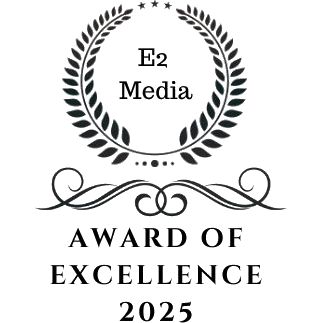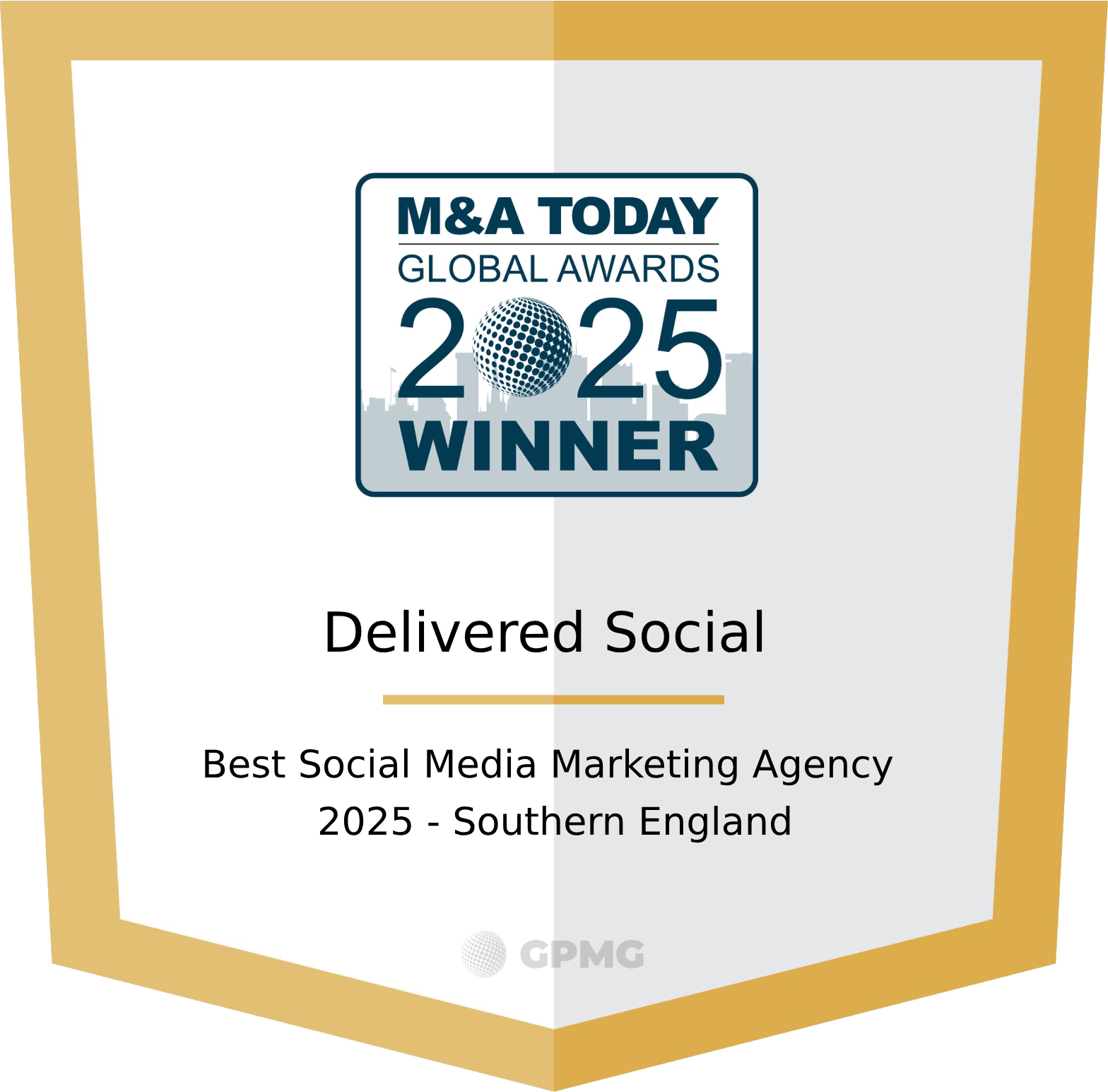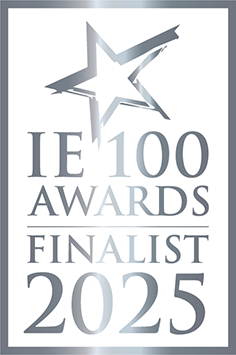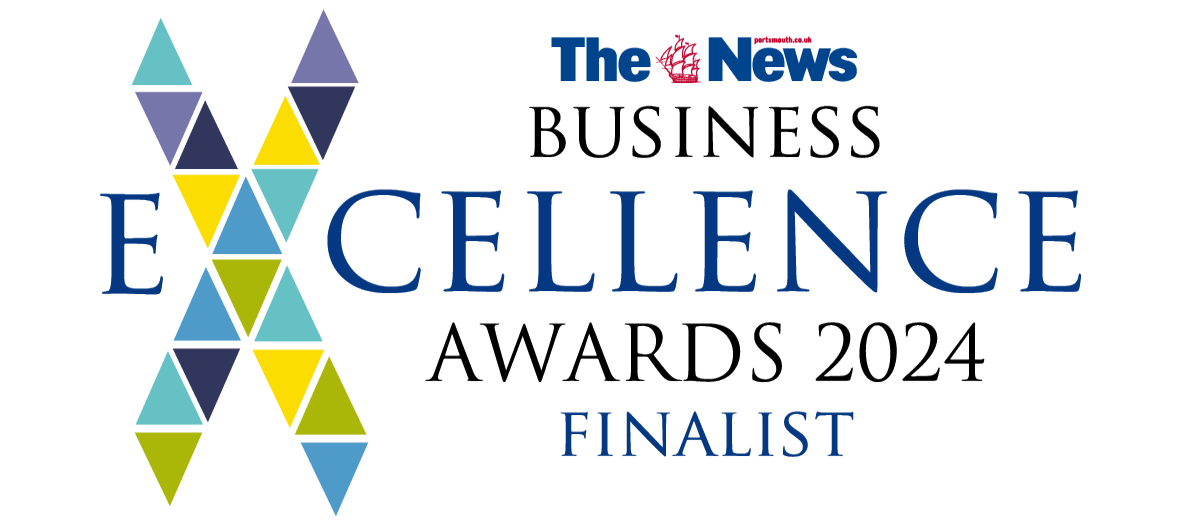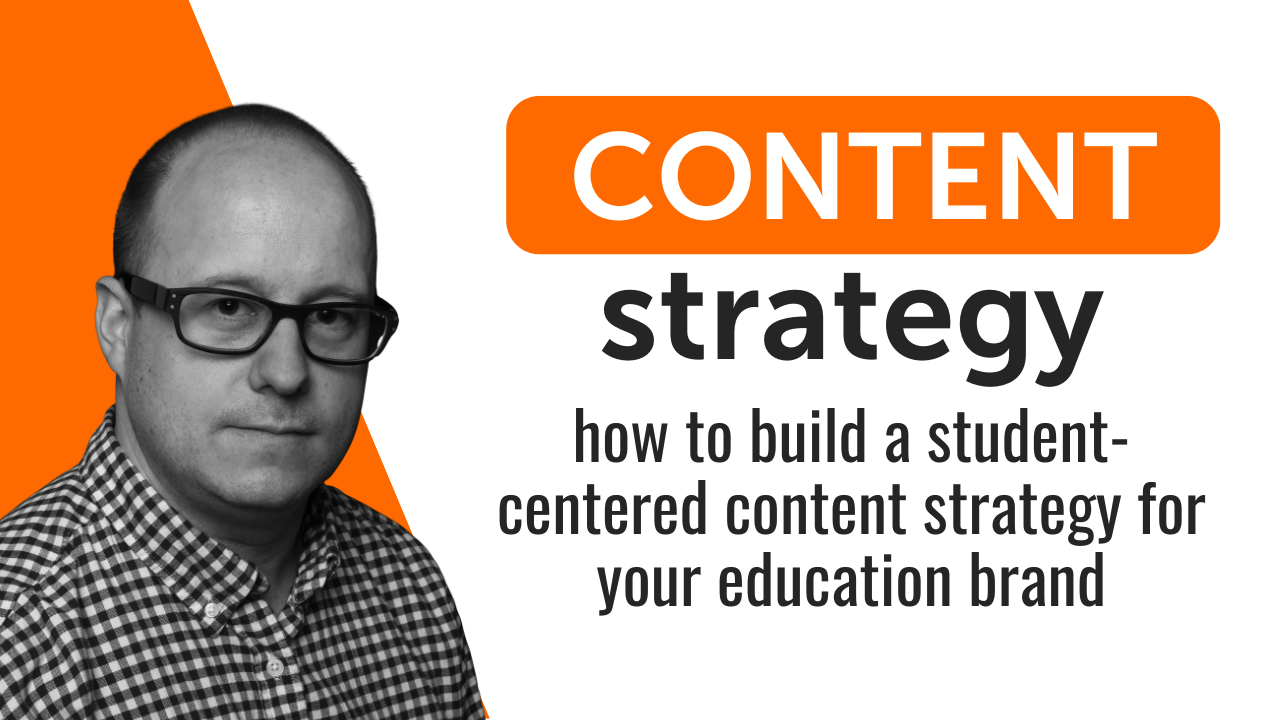
Students scroll fast, ignore fluff, and can spot fake concerns a mile away. That’s why education content that’s “polished but distant” doesn’t work anymore. You need a content strategy built around students. One that speaks their language, respects their time, and meets them where they are.
A student-centered content strategy focuses on empathy, clarity, and real-world value. You stop guessing what to say and start paying attention to what students need. Whether you’re running a tutoring platform, study blog, or professional essay writing service online, the same rule applies: students first, always.

Know Who You’re Talking To
Your audience isn’t just “students.” Some are juggling jobs and full-time classes. Others are overwhelmed first-year students who are still figuring out how to submit an assignment. A few are straight-A perfectionists constantly chasing deadlines.
You can’t help students if you don’t know what they’re dealing with. Build simple personas based on real feedback: What do they search for? What makes them nervous? Where do they spend time online? Use surveys, comment sections, Reddit threads, or Google search data to understand what actually matters to them.
You can even talk directly to current or past students in your niche. Ask what they wish they’d had access to during exams or midterms. Their answers will shape content that’s truly helpful.
Key Elements of a Student-Centered Strategy
- Empathy-based tone
- Clear, no-fluff language
- Practical, actionable content
- Mobile-first formatting
- Peer-focused examples
- Supportive, non-patronizing voice
- Content aligned with academic cycles
- Inclusive visuals and design
Turn Student Pain Points Into Topics
The best student-centered content comes directly from their problems. If students are stressed about time management, create guides that don’t just say “start earlier” but break it into steps they can do in 10 minutes.
Turn repeated DMs, help tickets, or YouTube comments into content ideas. Struggling with application essays? Post a checklist. Confused by citations? Create a mini video series. When you focus on what they actually ask, your content becomes useful.
Also, look at what students complain about on public forums. Search terms like “college burnout” or “how to pass organic chemistry” show you where content is missing or misunderstood. Your task is to fill that gap with content that provides genuine relief.
What Students Actually Want to Read or Watch
Forget textbook-style writing. Students want quick, clear, and real. They lean toward TikToks, short blog posts, relatable how-tos, and honest reviews. It’s about being helpful.
Don’t worry about being overly polished. Share real experiences, small wins, or even your own academic missteps. That honesty builds trust. When your content sounds like it came from a friend, not a brand, it hits harder and sticks.
Also, remember: attention spans are short. Structure matters. Use bold headers, spacing, short paragraphs, and visuals to keep your content skimmable without losing depth.

Content That Builds Connection
Here are some extra tips for you on how to build genuine connections with your student audience:
- Share real student stories, not just success stats. Case studies are more powerful when they feel human.
- Use a first-person or second-person tone. “You” sounds more inviting than “the student.”
- Reply to comments and messages. Engagement matters more than view count.
- Make students part of the content. Feature their art, writing, or ideas.
- Break big topics into series. It’s easier to follow and binge-worthy.
- Design with mobile in mind. Most students browse on their phones, not desktops.
- Add audio or captions. Always consider accessibility.
- Include tools or templates. Help them apply what they’re learning instantly.
Watch the Metrics That Actually Matter
It’s simple to become focused only on likes and impressions. But those don’t always mean your content is helping. Focus on signals like:
- Time spent on page
- Saves and shares
- Return visits
- Comments with real questions
- Students reaching out afterward
You want slow scrolls, not just quick clicks. If students are engaging deeply, even quietly, you’re doing something right. Use these insights to inform future content strategies rather than merely confirming past decisions.
Mistakes to Avoid
Don’t talk down to students. Even if they’re struggling, they’ll spot condescending language right away. Use clear, everyday words without watering down the meaning.
Avoid vague “inspirational” content that doesn’t solve anything. Every blog or video should answer a question, ease a worry, or teach something useful. And don’t rely on stock photos or recycled graphics. They break the connection instantly.
Timing matters, too. Don’t drop midterm study tips the week after exams. Stay aligned with what students are going through right now. Relevance is everything in student-centered content.
Final Thoughts: Be Useful, Be Real
A student-centered content strategy isn’t about slick branding or fancy funnels. It’s about showing up consistently with value, empathy, and clarity. When your content reflects what students care about and how they think, you earn their trust.
Whether you’re sharing study guides, answering questions, or making weekly posts on TikTok, keep this in mind: Would a stressed-out student actually find this helpful? Would they save it, share it, or send it to a friend?
If the answer is no, keep tweaking. If the answer is yes, you’re heading in the right direction. And if you’re not sure where to start, start by listening because the best content strategies begin with student voices.
Interested In Working Together?
Introducing Delivered Social. We’re The Most-Rated Digital Agency In Surrey & Hampshire – We’ve Got To Be Doing Something Right.
Delivered Social is a digital marketing agency with one mission—to help businesses grow. We’re famous in Guildford and Portsmouth for our social clinics. We believe in free advice. We build lasting relationships because our team prides itself on being helpful, which our clients appreciate.
If you are looking for a new website or an agency to manage your social media presence, we can help.
If you need something slightly different, here's a super handy list of all our services, or you can always email us.









